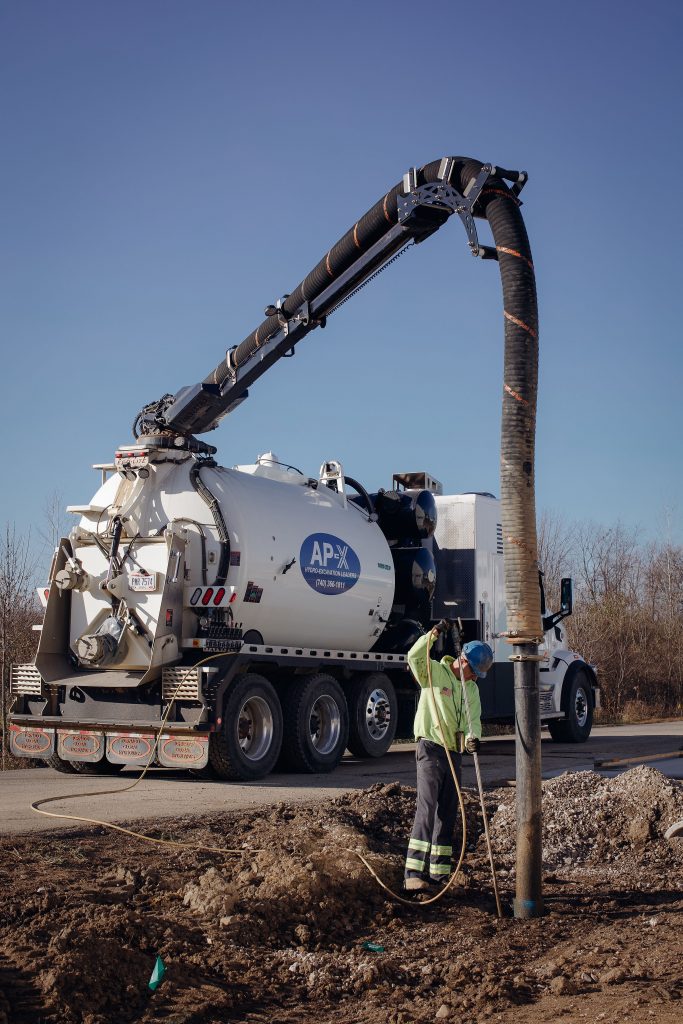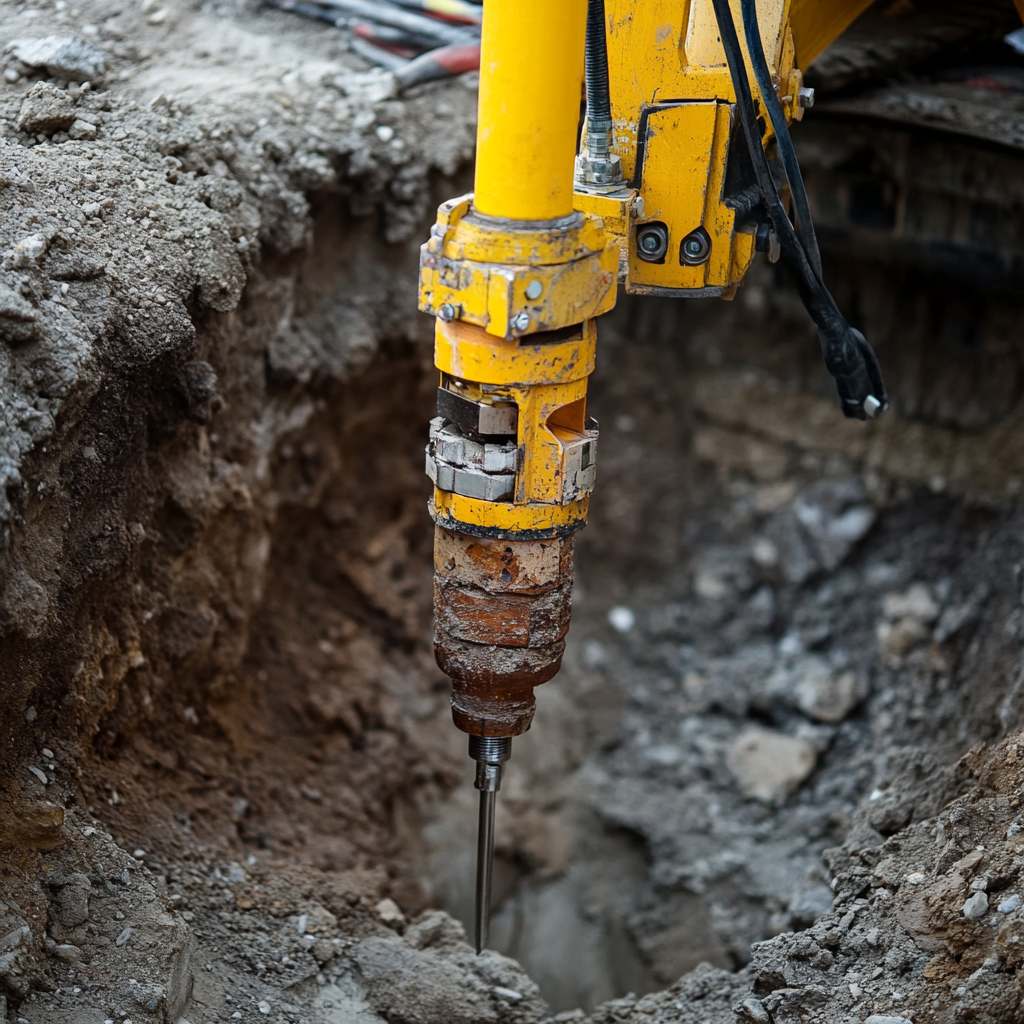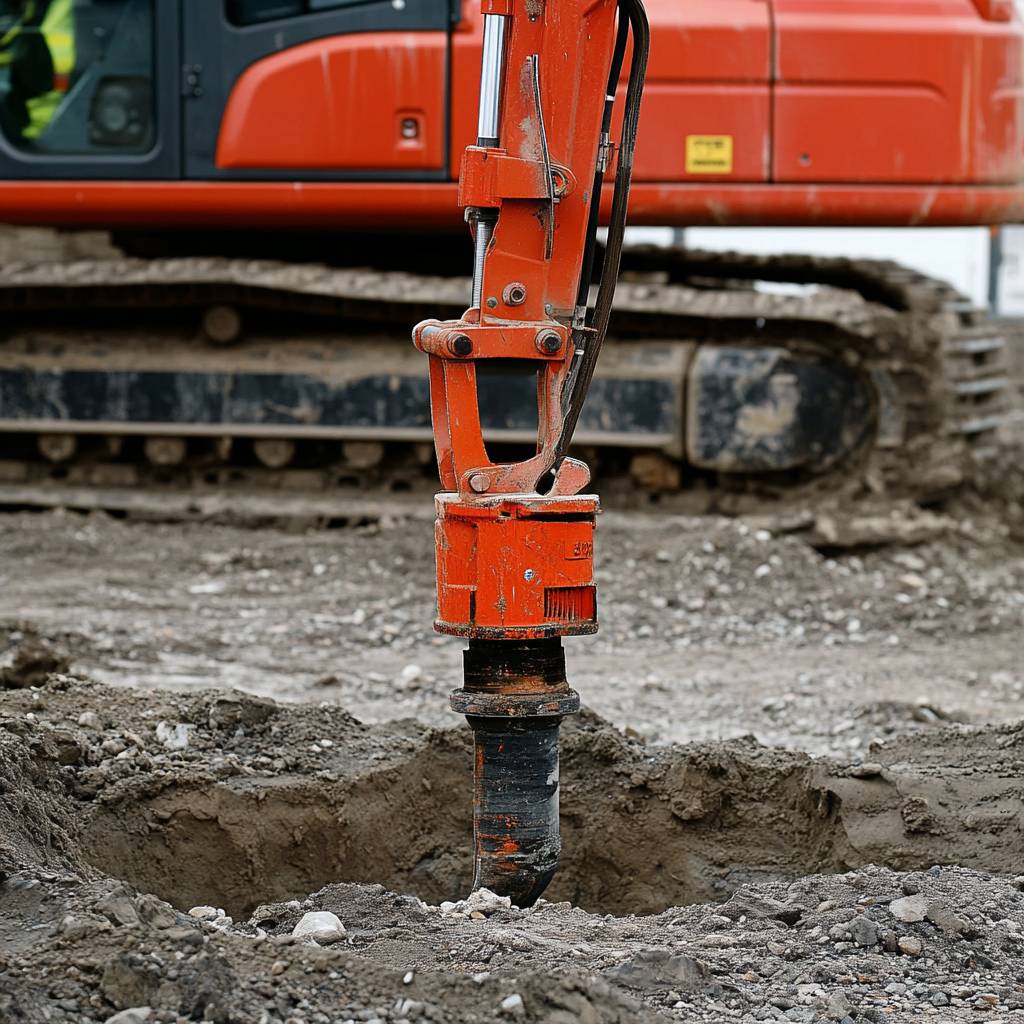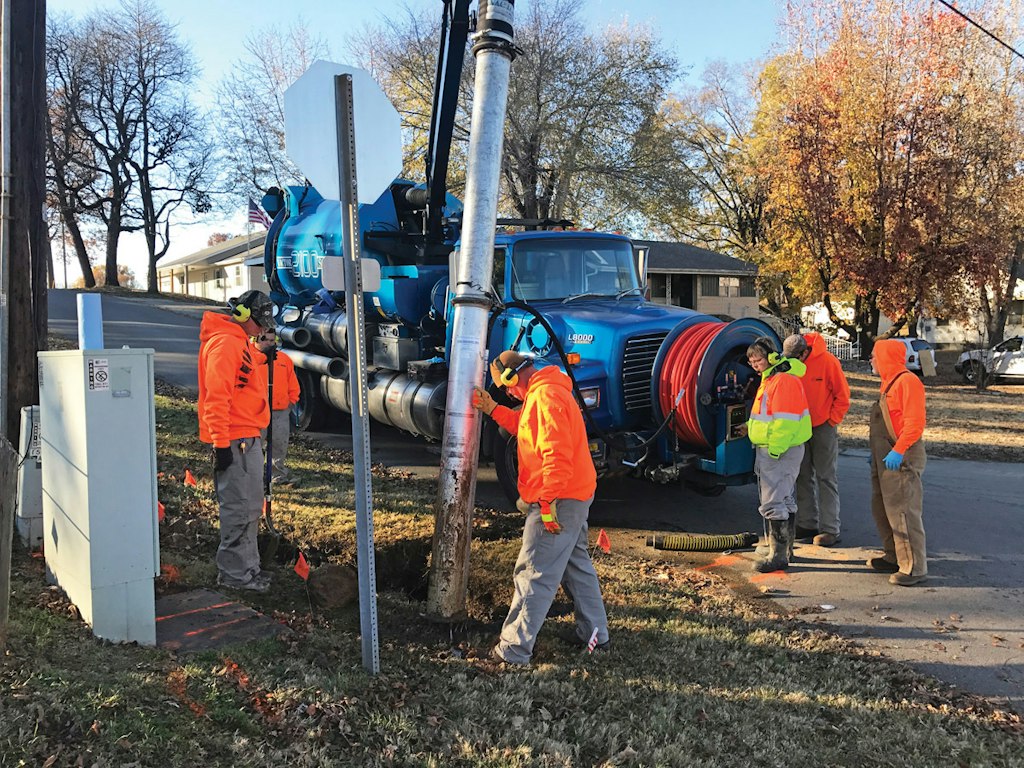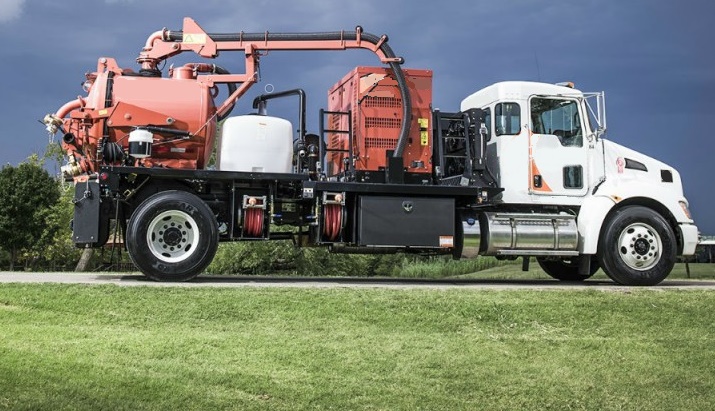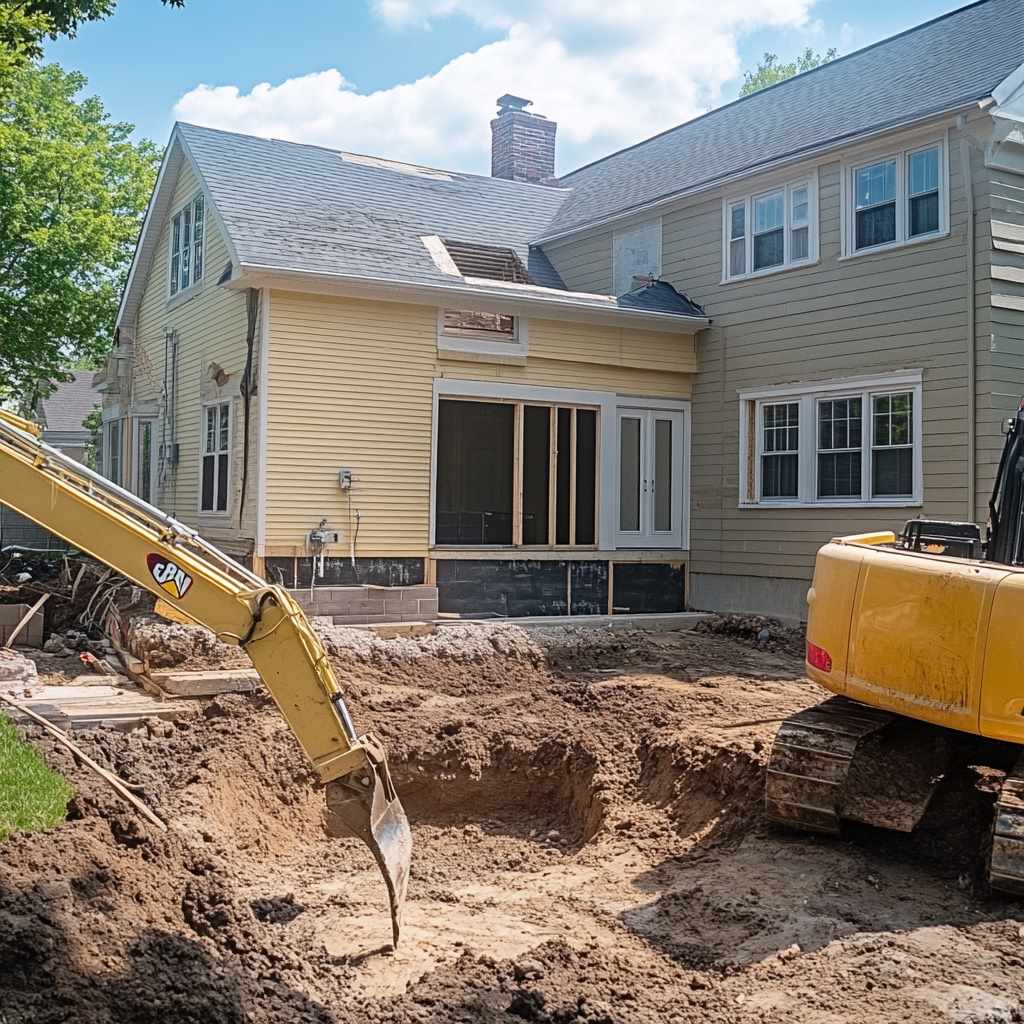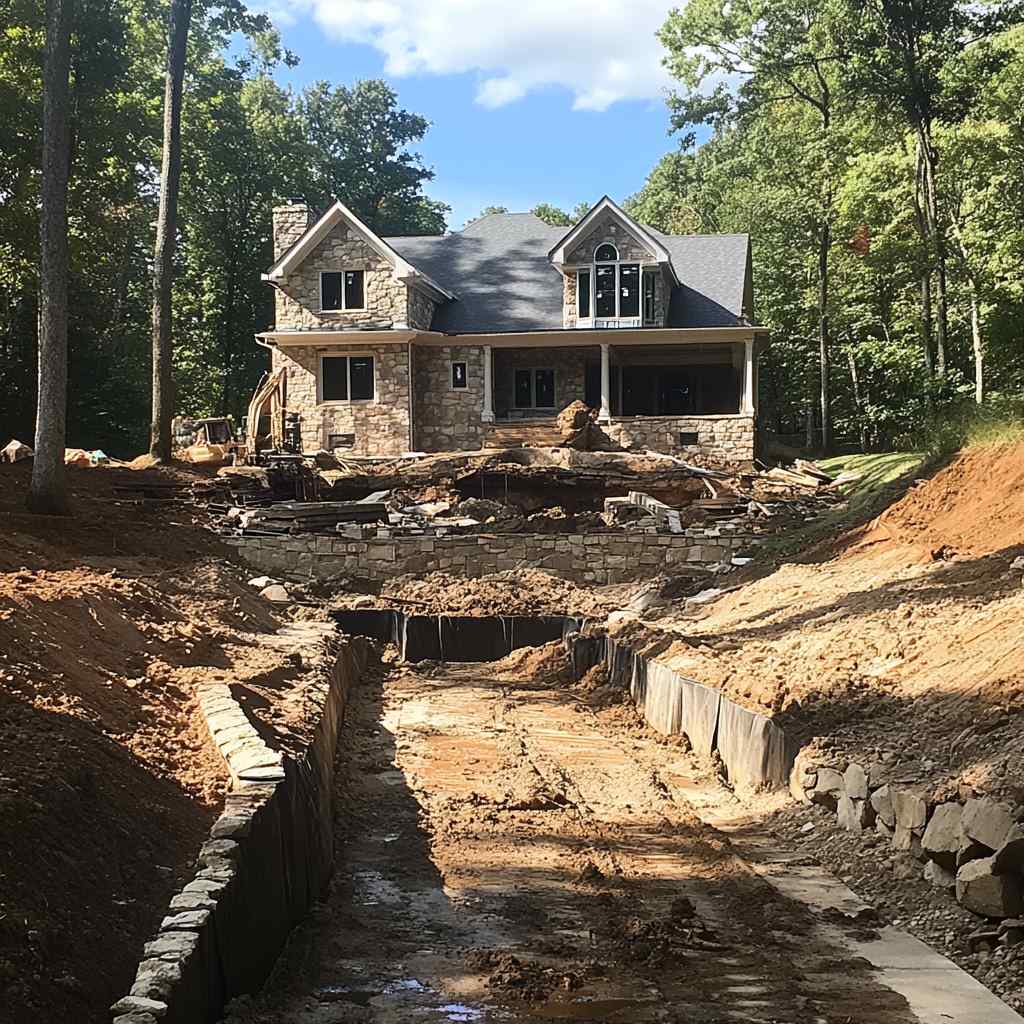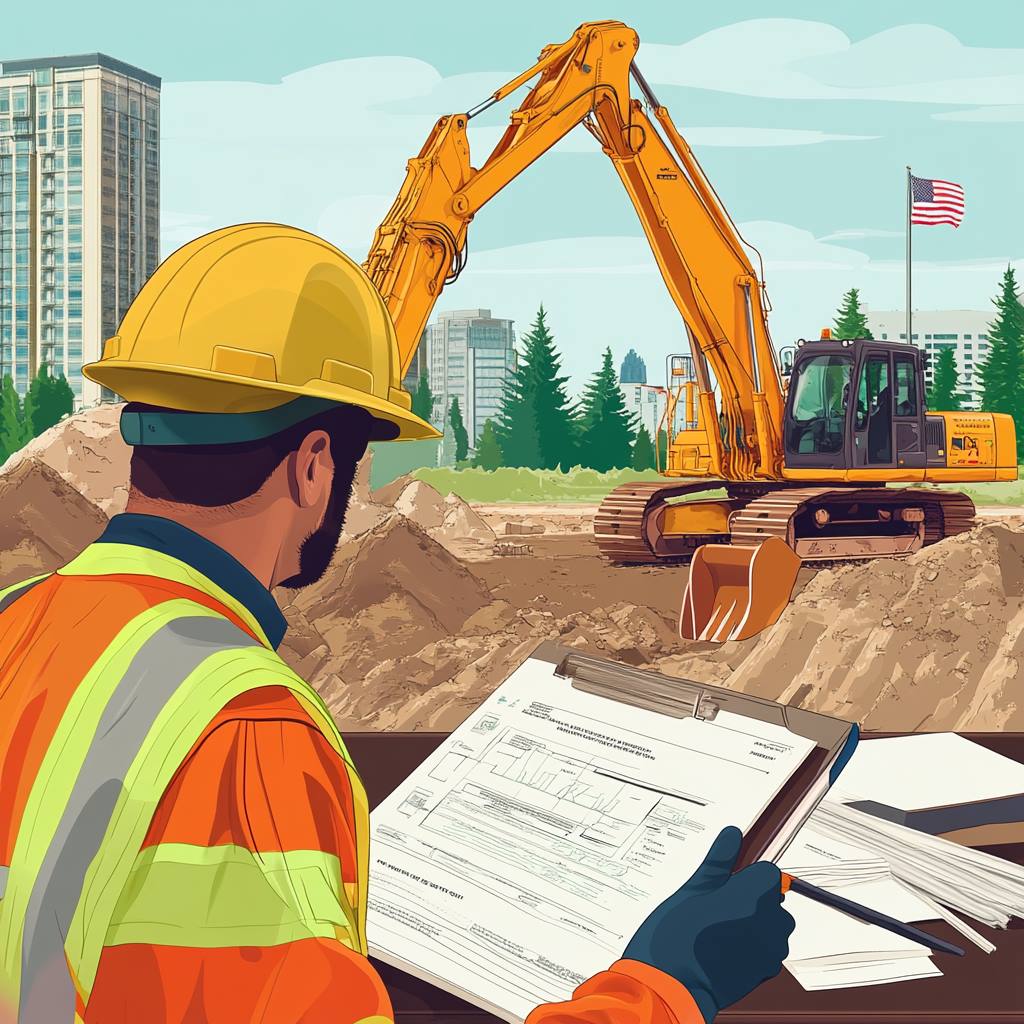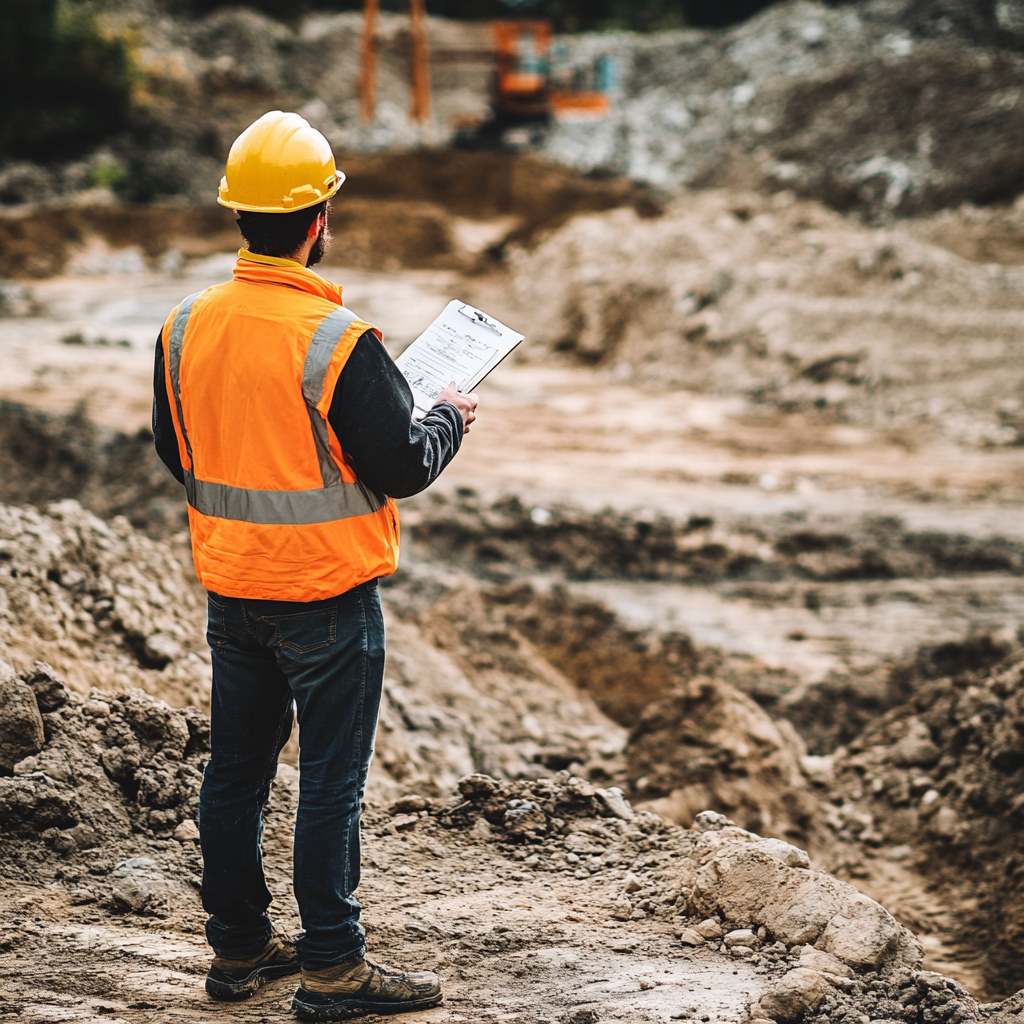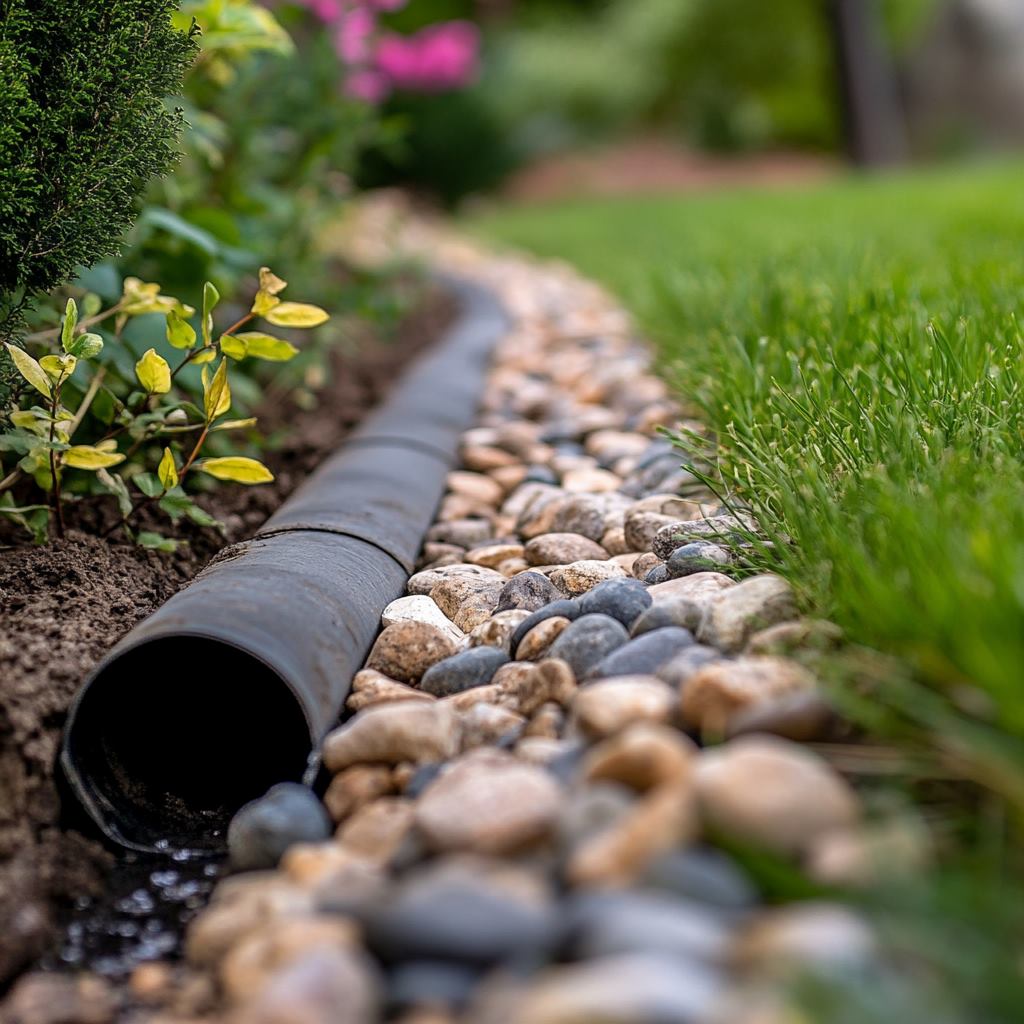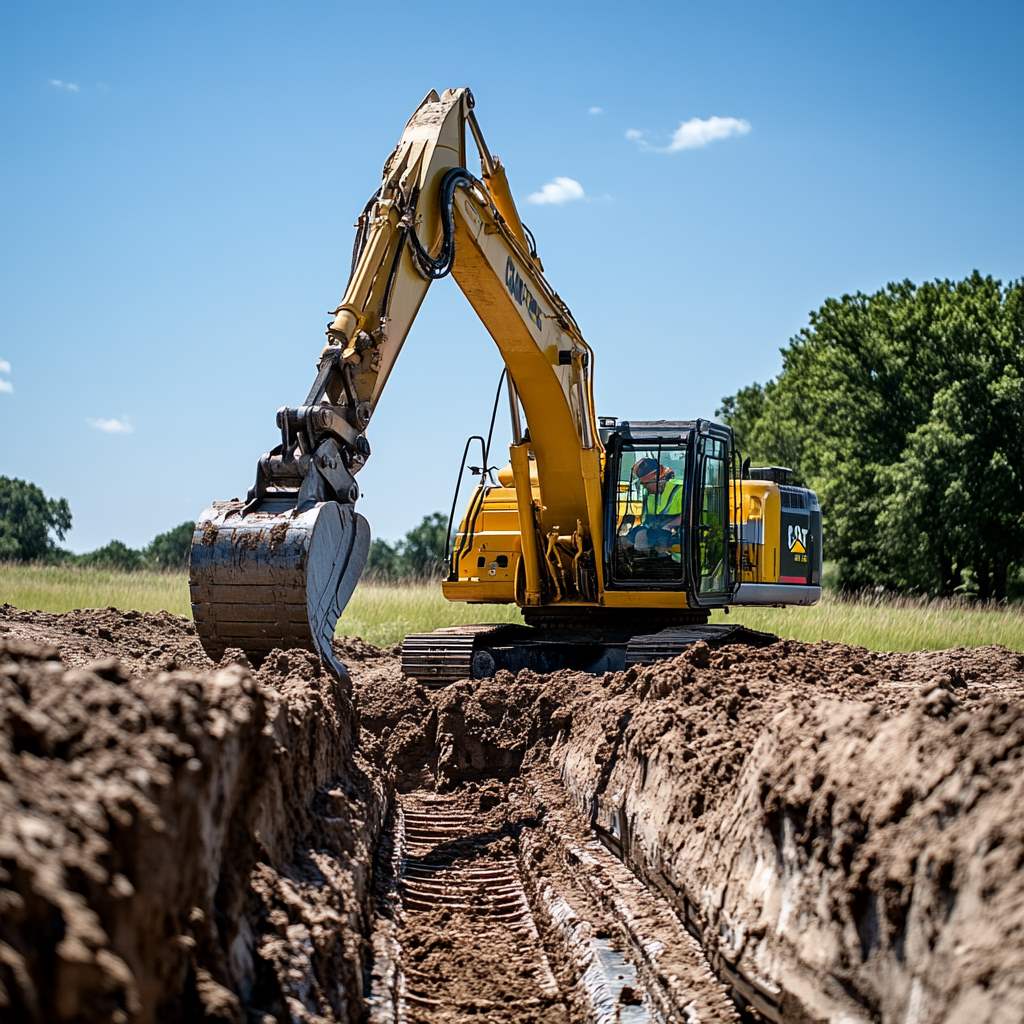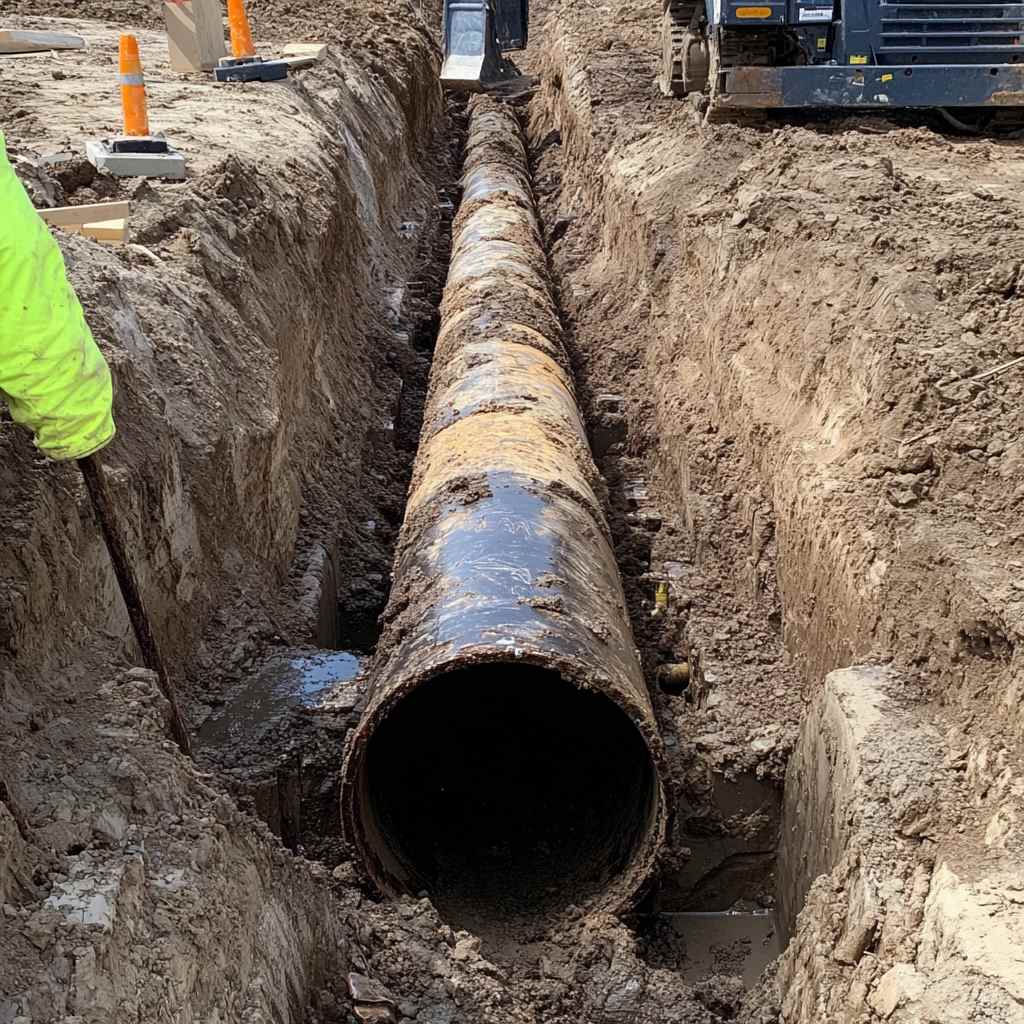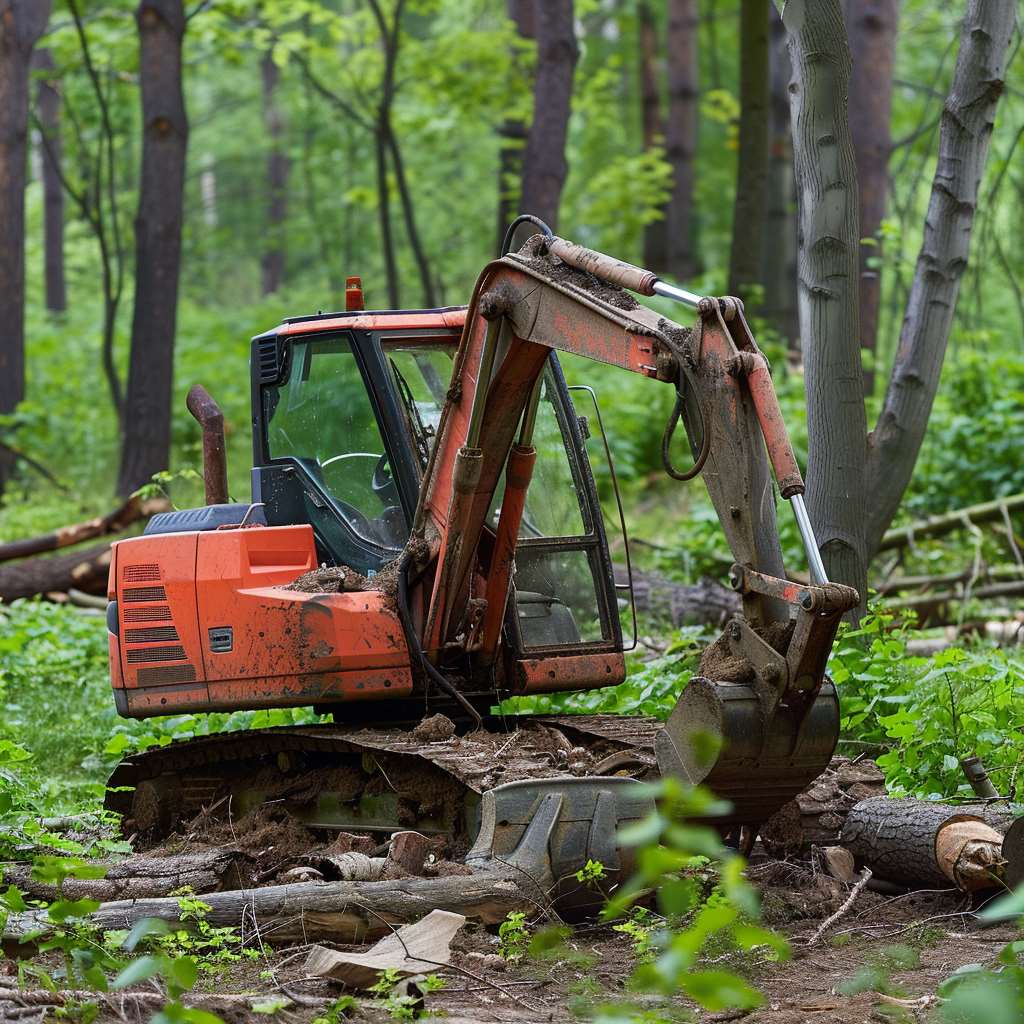Air excavation is a modern and increasingly popular technique in the excavation industry, known for its precision and safety. When you think about digging into the ground, you might picture heavy machinery and massive piles of dirt flying everywhere. But air excavation is different. It’s about using precision, patience, and the right tools to carefully move soil without damaging what lies underneath. In-Depth Excavation understands that when it comes to sensitive underground work, brute force isn’t the answer, smart tools and skilled hands are. Let’s break down the different types of tools that help get the job done right.
Air Vacuum Excavator
One of the most important pieces of equipment in air excavation is the air vacuum excavator. This machine loosens soil with high-pressure air, then vacuums it up in one smooth motion. Think of it like a high-powered leaf blower and a shop-vac working together.
The air vacuum excavator shines when there are utilities beneath the surface that need to be protected. Water lines, gas pipes, fiber optic cables, all things you really don’t want to hit with a traditional backhoe. With this tool, crews can uncover underground systems with minimal risk of damage, making it perfect for urban environments where space is tight and mistakes are costly.
Air Knife
The air knife is another important tool, even if it sounds like something out of a science fiction novel. Instead of cutting metal or wood, it slices through soil using a sharp stream of high-pressure air. It’s a handheld tool, which gives the operator greater control for fine, detailed excavation work.
Air knives are often used when workers need to clear soil away from roots, pipes, or cables without scratching or breaking them. By using just air, the tool keeps everything beneath the surface safe and intact. It’s a small tool, but in the hands of a skilled technician, it makes a big difference.
Air Spade
While the air knife handles precision, the air spade steps in for the tougher jobs. It operates on the same basic principle (blasting soil with compressed air) but it’s built to take on larger tasks. Landscapers often use air spades when transplanting trees because it can dig around roots without snapping them.
In excavation, it’s perfect for trenching through compacted soil, uncovering archaeological sites, or working in areas where traditional digging would be too rough. The air spade gives teams the muscle they need without sacrificing the gentleness that delicate projects require.
Soil Surgeon
When a job calls for both speed and precision, the Soil Surgeon steps in. It’s not just a clever name — this tool actually performs like a combination of an air knife and a vacuum, making it one of the more efficient pieces of equipment on a busy site.
The Soil Surgeon injects high-pressure air to loosen the ground, but instead of leaving the debris scattered everywhere, it immediately vacuums up the material. This two-in-one action saves a lot of time, especially on urban construction projects where every minute counts and cleanup needs to happen fast. It’s a favorite for larger excavation jobs where accuracy still matters, like uncovering complex utility networks under city streets.
In tight schedules and even tighter spaces, the Soil Surgeon keeps the work moving without cutting corners.
Hydro-Air Excavator
Sometimes, air alone isn’t enough to get the job done, especially when working with heavy, wet, or clay-rich soils. That’s where the hydro-air excavator comes in.
This machine uses a combination of air and water to break apart soil. The water helps in softening and moving dense materials that would otherwise resist air pressure alone. It’s particularly useful in rural areas, open fields, or any place where water won’t cause extra damage to the surroundings.
Operators lean on the hydro-air excavator when they need a little extra force but still want to avoid the full disruption that traditional excavation might cause. It’s a smart balance: powerful enough to handle the tough stuff but controlled enough to keep the work safe and precise.
Air excavation tools offer a range of solutions for different excavation needs. From delicate tasks like exposing underground utilities to more robust applications like soil aeration and trenching, these tools provide a safer, more precise alternative to traditional excavation methods. For companies like In-Depth Excavation, understanding and utilizing these tools can significantly enhance the efficiency and safety of their excavation projects.
Frequently Asked Questions About Air Excavation
Air excavation is a non-destructive digging method that uses high-pressure air to loosen soil, which is then removed by a vacuum system. This technique is known for its precision and is particularly effective in sensitive areas where traditional excavation methods might be too invasive.
Air excavation is ideal for projects that require careful excavation around underground utilities, tree roots, or in congested urban areas. It’s also preferred for tasks like trenching, soil aeration, and archaeological digs where minimal disturbance to the surrounding environment is crucial.
Yes, air excavation is generally safer than traditional methods. It reduces the risk of damaging underground utilities, which can lead to costly repairs and safety hazards. It also minimizes the impact on the surrounding ecosystem.
Air excavation is highly efficient, especially in delicate or congested areas. It allows for precise removal of soil without the need for manual digging, significantly speeding up the excavation process while reducing the risk of error.
Air excavation is versatile and can be used in a variety of soil types. However, in extremely hard or compact soils, supplementary methods like hydro-air excavation might be necessary for optimal results.
Air excavation is environmentally friendly as it reduces soil disruption and the potential for pollution. It’s a preferred method in eco-sensitive zones and urban settings where minimizing ecological impact is a priority.

